Technical News
How Do I Know if My Cylinder Head is Bad?
The cylinder head is a critical component of an internal combustion engine, sitting atop the engine block and sealing the cylinders. It houses valves, spark plugs (in gasoline engines), and often camshafts. A malfunctioning cylinder head can lead to severe engine problems. This article outlines common symptoms of a bad cylinder head, helping you identify potential issues and seek timely repairs.
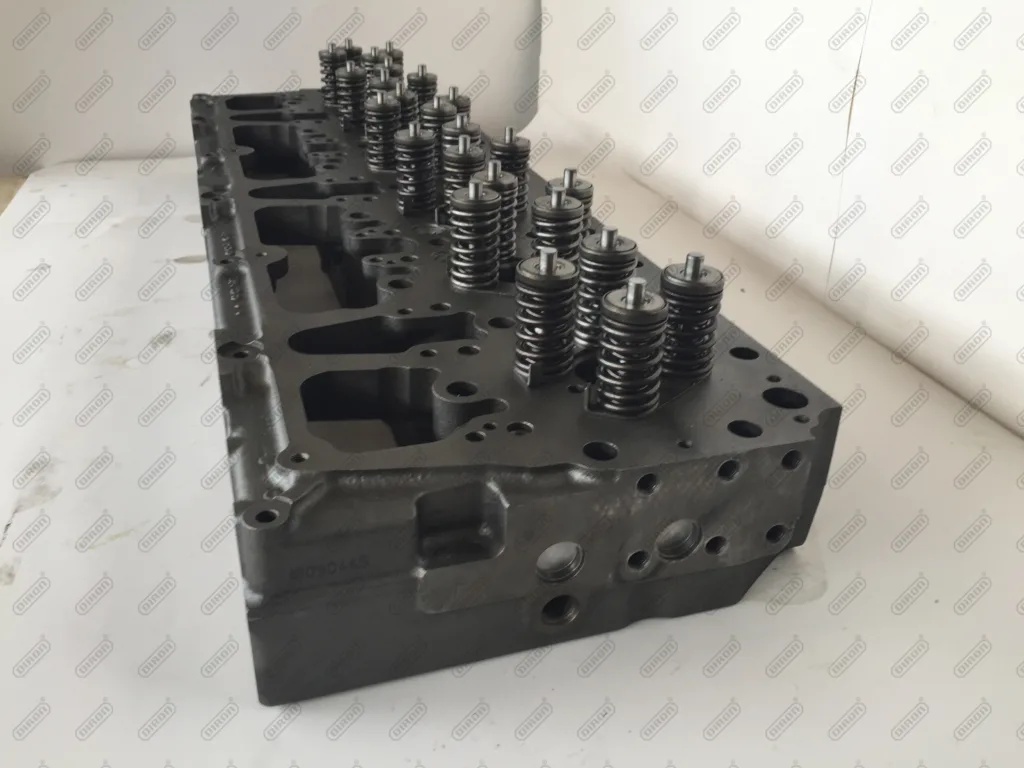
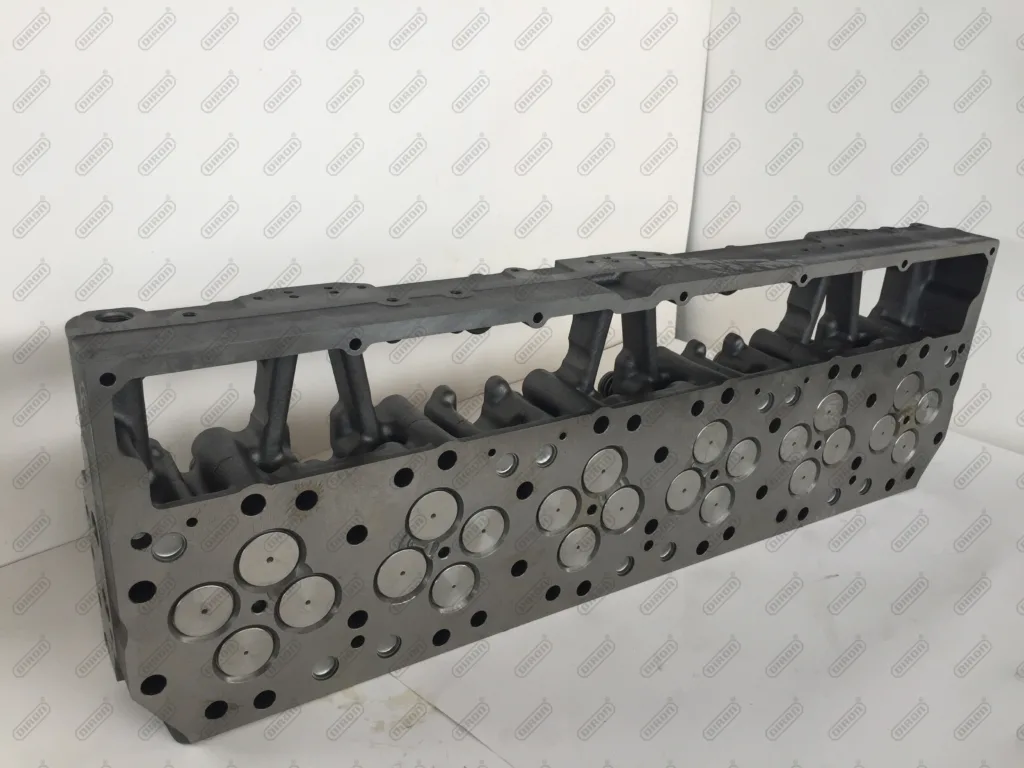
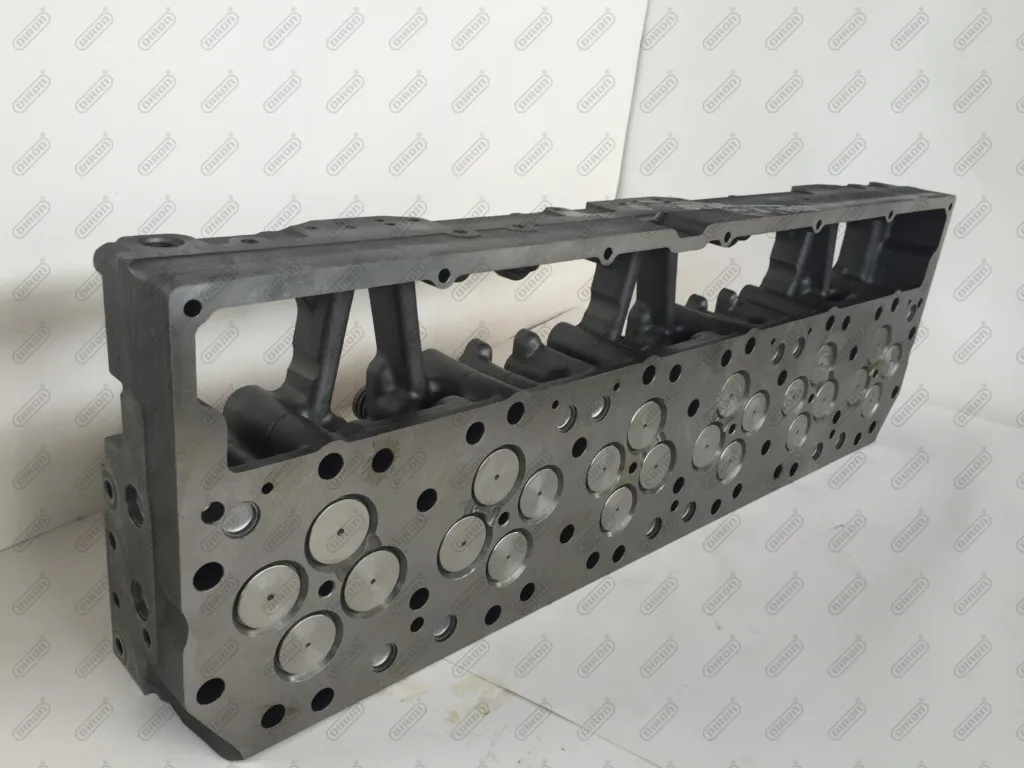
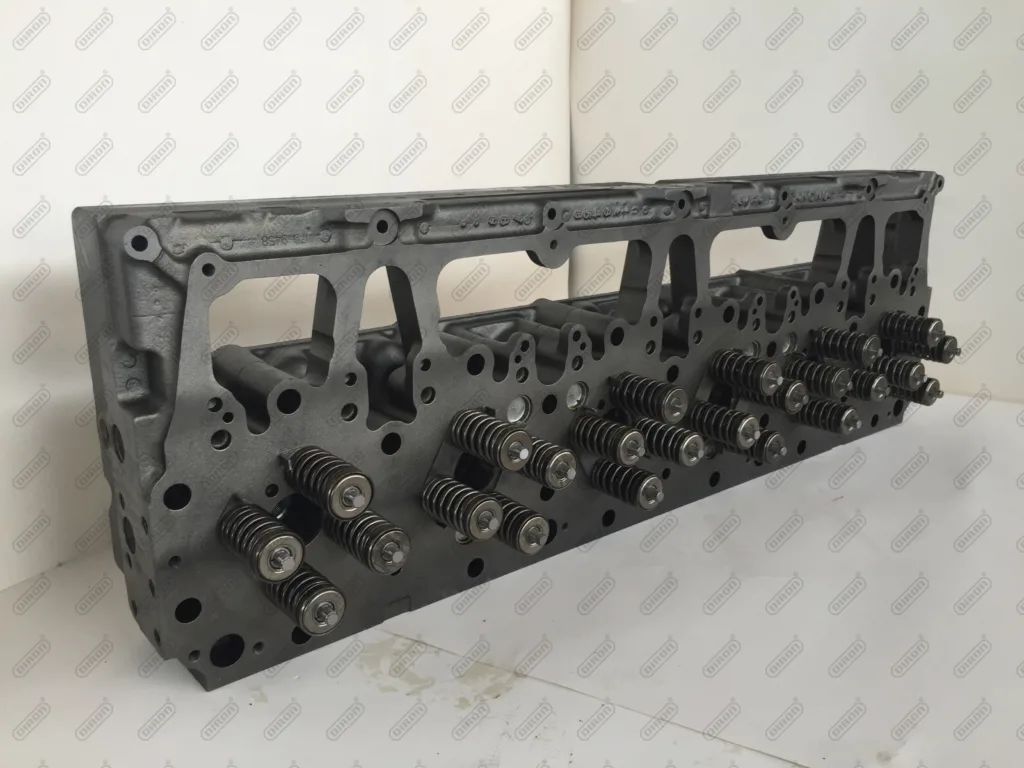
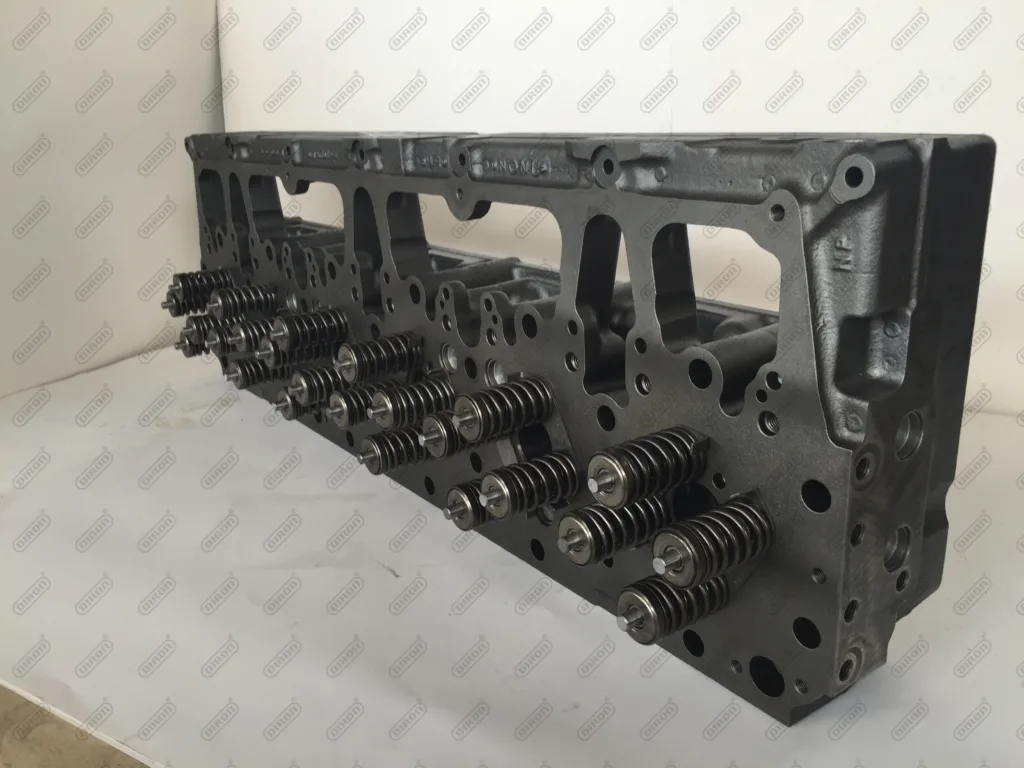
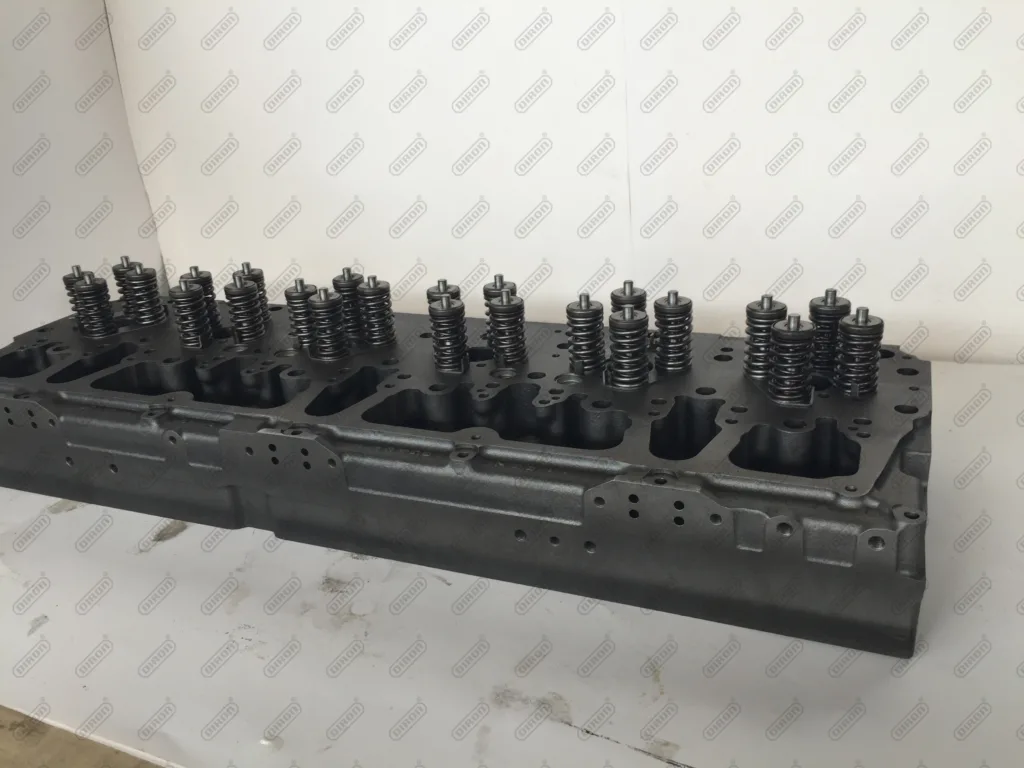
Common Symptoms of a Bad Cylinder Head:
A faulty cylinder head or head gasket (the seal between the cylinder head and engine block) can manifest in various ways:
- Engine Overheating: A damaged head gasket or a crack in the cylinder head can allow coolant to leak, leading to insufficient cooling and subsequent overheating. This is often one of the first and most noticeable signs.
- Loss of Power: If the cylinder head isn't sealing correctly, compression within the cylinders can be lost. This results in reduced power output, making the engine feel sluggish.
- Increased Fuel Consumption: Inefficient combustion due to a bad cylinder head or head gasket can lead to increased fuel consumption.
- White Smoke from Exhaust: Coolant leaking into the combustion chamber burns and exits as white smoke from the exhaust pipe. This is a strong indicator of a head gasket issue or a cracked cylinder head.
- Oil in Coolant or Coolant in Oil: A breach in the head gasket or a crack in the cylinder head can allow oil and coolant to mix. This can be observed as a milky or frothy substance in the oil (on the dipstick or under the oil filler cap) or an oily film in the coolant reservoir.
- Misfiring Engine: A loss of compression in one or more cylinders due to a bad head gasket can cause the engine to misfire, resulting in rough idling, vibrations, and poor performance.
- External Leaks: Look for external leaks of coolant or oil around the cylinder head and engine block mating surface.
- Bubbles in the Radiator or Coolant Reservoir: Combustion gases leaking into the cooling system can cause bubbles to appear in the radiator or coolant reservoir.
Causes of Cylinder Head Problems:
Several factors can contribute to cylinder head problems:
- Overheating: Severe overheating is a primary cause of head gasket failure and can also warp or crack the cylinder head.
- Corrosion: Over time, corrosion can weaken the head gasket and the cylinder head itself.
- Improper Torque of Head Bolts: If the head bolts are not tightened to the correct torque specifications, it can lead to improper sealing and subsequent leaks.
- Age and Wear: Like any engine component, the cylinder head and head gasket can deteriorate with age and mileage.
Diagnosis:
If you suspect a problem with your cylinder head, it's crucial to have it diagnosed by a qualified mechanic. Common diagnostic procedures include:
- Compression Test: This test measures the compression in each cylinder, identifying any leaks.
- Leak-Down Test: This test introduces pressurized air into the cylinder and measures the rate of leakage, pinpointing the source of the leak (valves, rings, or head gasket).
- Visual Inspection: A thorough visual inspection can reveal external leaks, cracks, or other damage.
- Coolant System Pressure Test: This test checks for leaks in the cooling system, which can indicate a head gasket issue.
- Block Tester: A block tester checks for the presence of combustion gases in the coolant, a definitive sign of a head gasket problem.
Repair or Replacement:
Depending on the severity of the damage, the cylinder head may need to be repaired or replaced. Head gasket replacement is a common repair, but if the cylinder head is warped or cracked, it will likely need to be replaced.
References and Further Reading:
- Wikipedia - Cylinder Head: https://en.wikipedia.org/wiki/Cylinder_head (Provides a general overview of cylinder heads)

